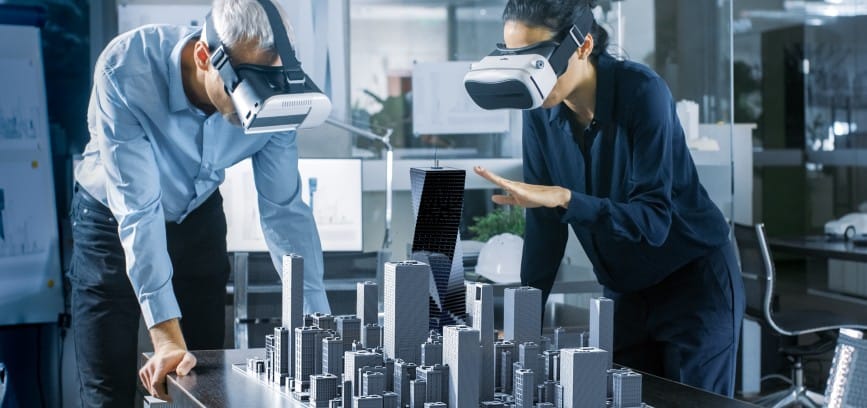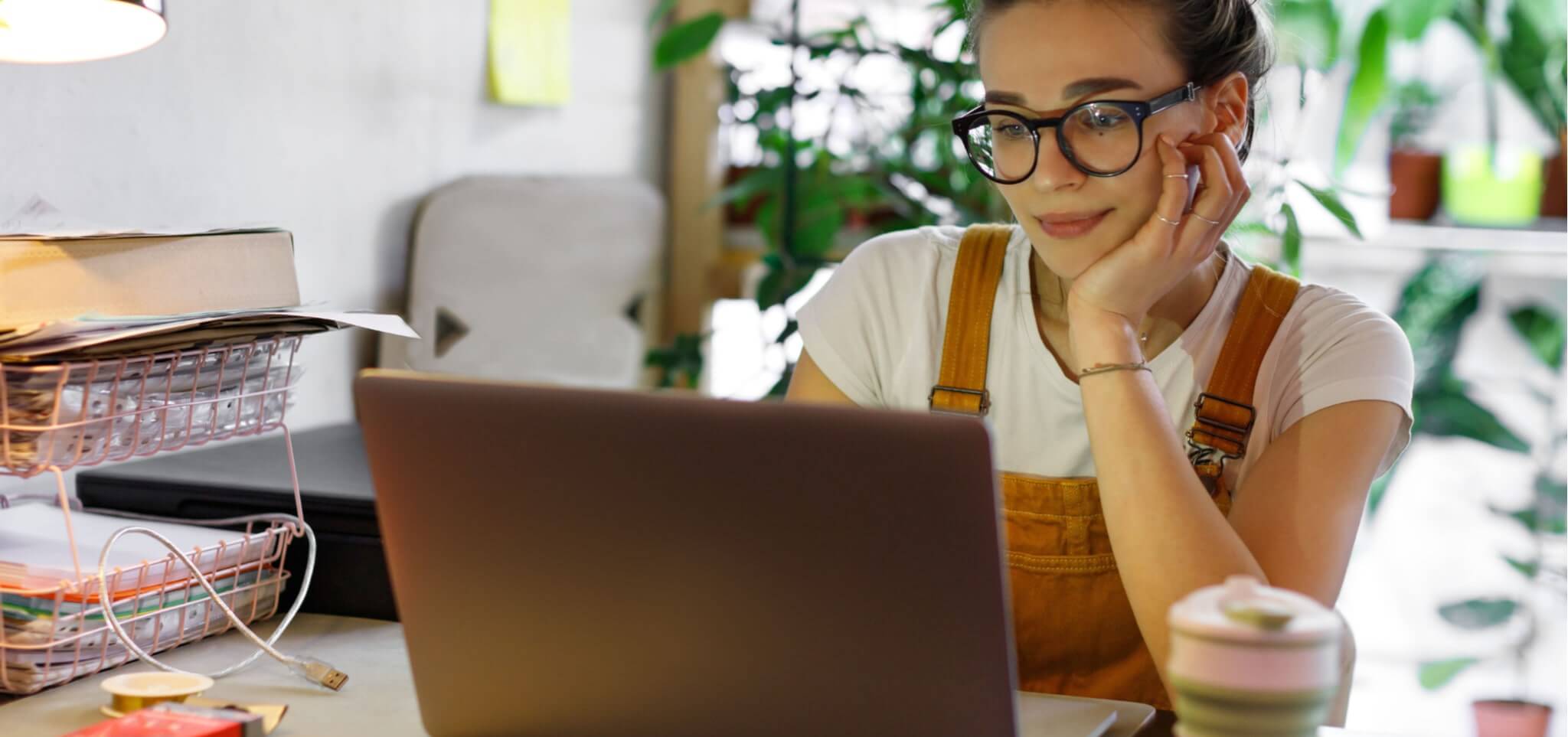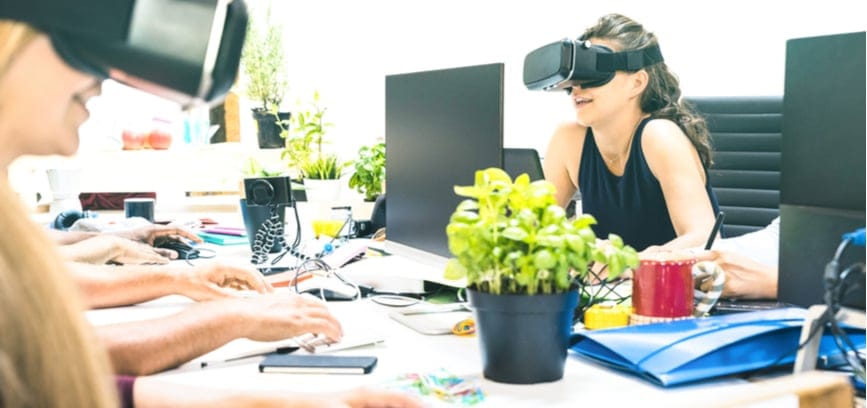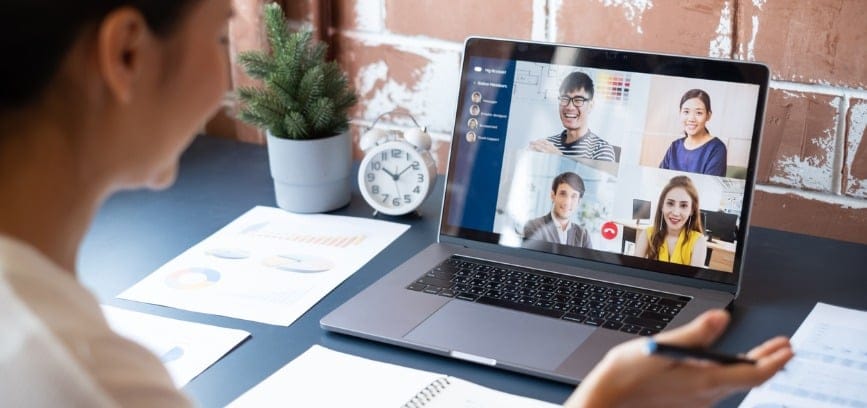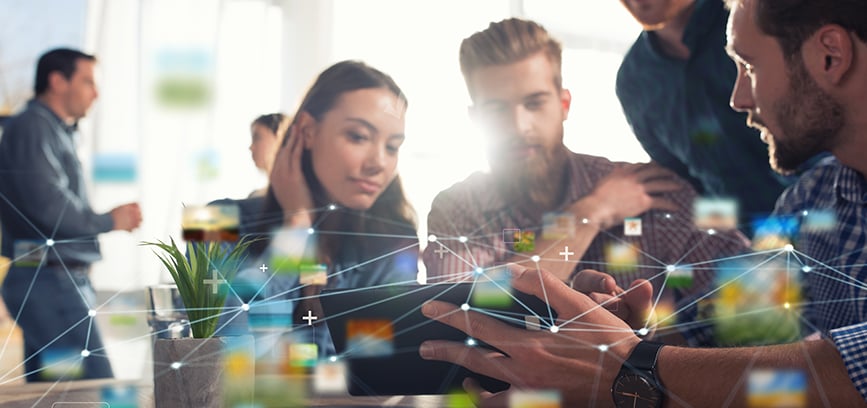The future of work and how it's impacting company culture
Almost a year on from the start of the COVID-19 pandemic, we are starting to see the impacts of the crisis on workplace culture in Australia and it's clear that the future of work is being reshaped. But although the picture is coming into more distinct focus, the long term effects probably won’t be apparent for years to come.
What we do know is that the workplace, the workforce and the way we work have significantly and permanently changed. Lockdowns and travel bans have flipped what we thought about the nature of work altogether. Businesses have seen that employees don’t necessarily need to be in the office to get particular work done. Remote work has become the new norm. Commutes have been cancelled. Business travel superseded by Zoom meetings. So as we adjust to these new working ways, leaders must consider the effects this is having on company culture.
What is company culture?
Company or organisational culture is made up of every interaction within your business. It’s the processes, decisions and conversations held within your office and also what is played out online. In a recent webinar Axiom hosted, culture was likened to the body’s immune system. There to support the body, but if not treated well or looked after, it can fail or, in fact, attack.
Company culture is critical as it guides behaviour. It tells employees how to respond, what choices to make and how to handle tricky issues. Company culture is the unseen force which drives employee decision-making day in, day out. Culture tells employees what to do when their leader is out of sight.
How do we shape culture?
So if culture is this nebulous, almost unseen thing, how can leaders shape and improve it?
Before making any change, it is essential to understand your culture first and from there identify what you want to achieve. Without this initial understanding and vision of where you want to be, it can be easy to lose sight of the end goal and get stuck in business as usual.
In a recent webinar we hosted, it was mentioned that the higher you go up the corporate ladder, the less that person actually understands what the culture is within an organisation. So as businesses get bigger and organisational structures become more vast, so does the challenge of truly grasping what the company culture is like.
To help you get an understanding of your company’s culture, we’ve broken down what the culture of a high-performance workplace consists of:
We see company culture as an amalgamation of a few key things: Technology, Environment and Behaviour. These areas are interwoven, inextricably linked, and the building blocks of organisational culture.
Technology
Technology is a driver and enabler of culture. It provides the ability for seamless connections and also to make location agnostic. It fosters collaboration amongst teams and allows them to remain productive, whether in the office or remote. And while technology has been vital to the work from home shift during COVID-19, it’s just as important in the physical workplace. A bad technological experience, no matter the location, is remarkably detrimental to culture.
Environment
In a recent webinar Axiom hosted, we polled the audience, and most people said they plan to modify their existing physical office in response to the shift in working style we’ve seen over the past year. This is the perfect opportunity to think about how the physical environment can support and improve your company culture.
In our new hybrid working environment, it’s essential to consider how people are working in the co-located office. What tasks are being performed? How can the environment support those tasks specifically?
The other thing to consider is, now that people have the option to work from home, how can the physical office be designed in a way to attract staff back in?
To answer these questions, it’s essential to get to know your people by immersing yourself in your organisation. You need to understand your people, the type of work they do, and where and how they can do it best. In general, an office is a place of connection, learning, collaboration and socialisation, and designing the space to support these key elements will support strong company culture.
Behaviour
Behaviour is an obvious part of the company culture ‘pie’, which ideally should be underpinned by strong organisational values. The values held by employees on the inside will be reflected by their behaviour on the outside. However, creating company values, printing them on posters and sticking them on a wall is not good enough. Values must be role modelled from the top and built into the way business is done. Action must follow words, or company culture will suffer.
How has COVID-19 affected culture?
COVID-19 was a moment of truth for workplace culture in Australia. Businesses with robust, resilient and positive cultures are in much better positions than those with weak or negative cultures. In our last webinar, our panel noted that there had been a few common cultural themes highlighted over the pandemic. Let’s start with some positives.
For many employees, the move to remote work was an opportunity to get comfortable being more personal and open with colleagues. Work from home has been a window into people’s lives which wasn’t available before. Connections have become more genuine, and employees have felt they can be their whole selves.
Interestingly, given greater physical distancing, closer collaboration, and a willingness to jump in and help colleagues has also developed. This perhaps due to the “we’re all in this together” attitude that’s permeating companies.
The shared struggle has also seen an increase in empathy and understanding between colleagues, employees and employers. Before the pandemic, problems were usually individual and left at home. Now, everyone is weathering the storm, and the home is a genuine part of the workplace.
On the flip side, pandemic-induced isolation and job insecurity have unsurprisingly hurt employee wellbeing. Employees are struggling to switch off and set boundaries between work and home life.
Physical distancing, the rise in remote working and working in shifts also means less incidental, serendipitous meetings. These “water cooler” chats are often the catalyst for innovation, fresh ideas and collaboration, and we’re yet to see the true impact of missing out on them.
What is a cultural continuity plan?
Just like a business continuity plan, a cultural continuity plan is about making it through a crisis or navigating change and coming out the other side strong. It’s important that your business has the ability to translate what is important to the company (i.e. mission, vision and values) no matter what is happening externally or internally in order for your culture to be preserved.
Your cultural continuity plan starts with an outline of the things that are important to your company’s culture. Then it needs to address how these things will be protected when a crisis, like the pandemic, occurs. For example, if your business values social connections, and this usually looks like Friday night drinks at the pub, what will this look like in a lockdown situation?
How does the physical workplace affect culture?
As you now know, the environment is an integral part of the company culture ‘pie’. While it is only part of the equation, if you have a physical workspace, it is essential to building and supporting a thriving company culture.
However, we’ve found that most companies are not measuring how well their physical workspace supports their people, productivity and culture. Measurement is key to objectively interpret the progress of your company culture. Without proper measurement, you cannot see what’s being done well, what’s being done poorly, and where there are opportunities for improvement.
This is why Axiom developed the Workplace Thrive Index, a tool which will take the pulse of your organisation. Once the pulse has been taken with a carefully facilitated process, the Index score is measured against industry benchmarks and areas for improvement are determined. Want to know where your organisation sits on the Workplace Thrive Index?
Company culture is an essential part of the Future of Work, explore other considerations in the Future of Work: A Progressive Leaders Guide To Staying Ahead.


